Your sliding door system is noisy or stuck, frustrating users and reflecting poorly on your product’s quality. Understanding common pulley faults can prevent these issues and save you time and money.
The most common reasons for silent pulley failure are worn sliding rods, spring fatigue, faulty limit devices, and damaged gearboxes. These problems usually come from wrong installation, no maintenance, or using the system beyond its load capacity. Regular checks and correct use are the best prevention.
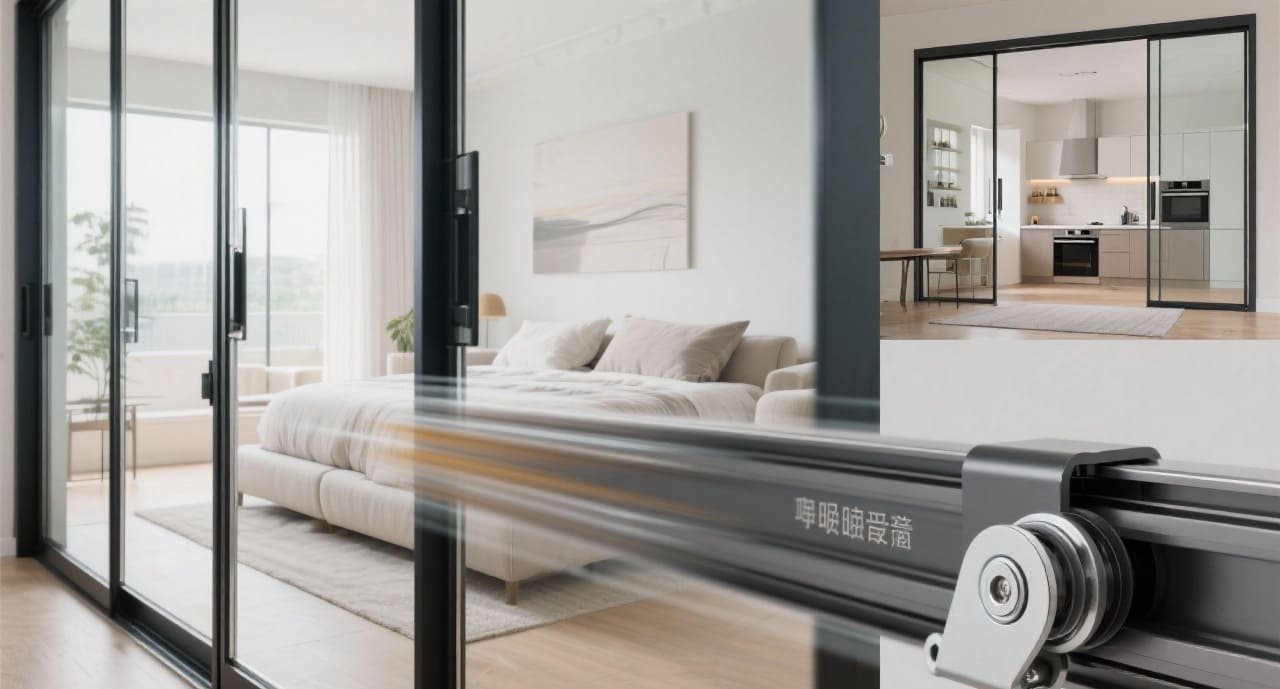
These problems might seem complicated, but they are often easy to diagnose if you know what to look for. As a factory owner, I have seen every possible issue with these systems. It’s my job to help my clients, like purchasing managers and contractors, avoid these headaches. Let’s break down each common fault. I want you to be able to spot these problems early, solve them quickly, and maintain the high quality your own customers expect from you. Let’s get into the details.
Is a Worn Sliding Rod Surface Causing Your Pulley Problems?
You hear a rough, grinding noise every time the door moves. This annoying sound points to premature wear and a potential system failure that you need to address before it gets worse.
A worn sliding rod is typically caused by abrasive dust, a lack of lubrication, or using rollers made of an incompatible material. This friction creates grooves on the rod, which stops the smooth movement of the pulley wheels and can damage them over time. Regular cleaning is essential.
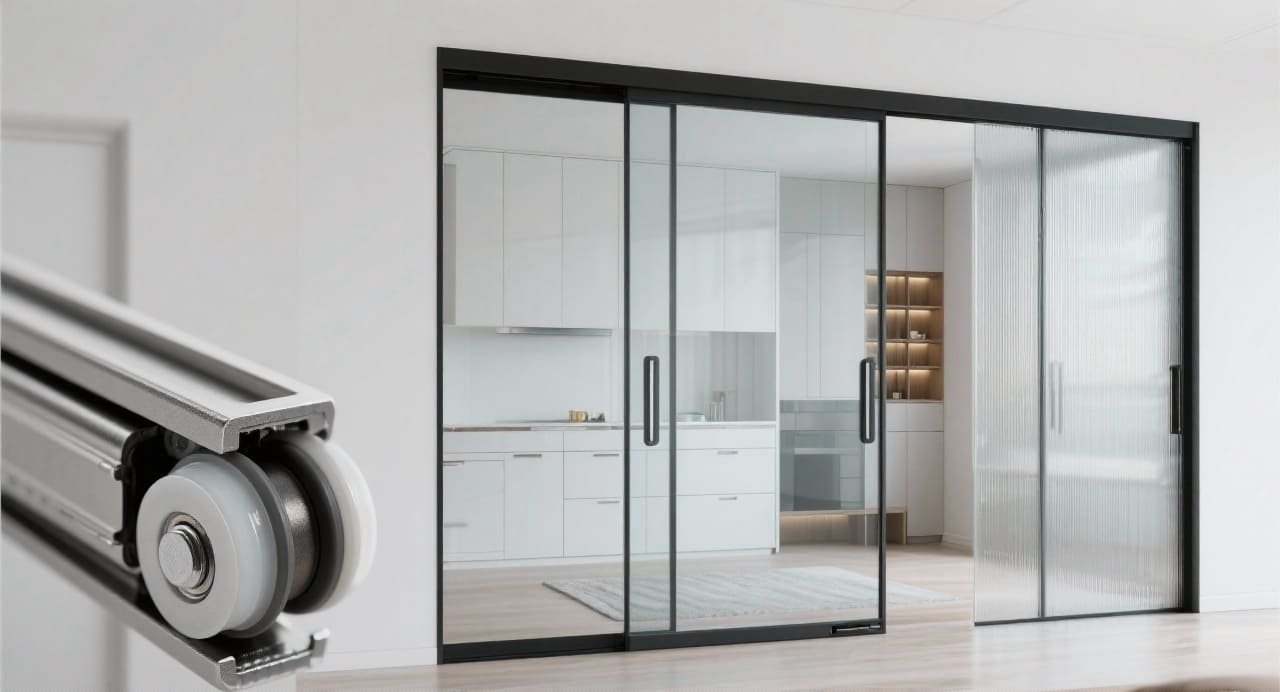
When we talk about wear on the sliding rod, we’re talking about the very foundation of the sliding system. If the track isn’t smooth, nothing else matters. In my factory, we spend a lot of time testing material combinations to prevent this exact problem. A small mistake here can lead to big failures later. For a purchasing manager like Toms in Belgium, specifying the right materials is a critical part of his job. The right choice ensures a long product life, while the wrong one leads to early and costly replacements.
The Root Causes of Rod Wear
The interaction between the roller wheel and the rod surface1 is where most problems start. A mismatch in hardness or a dirty environment can quickly degrade the system. For example, using a hard steel wheel on a softer aluminum rail is a recipe for disaster; the rail will be destroyed quickly. This is why we always discuss the specific application with our clients.
| Good Practice | Bad Practice | Consequence of Bad Practice |
|---|---|---|
| Regular cleaning of the track | Allowing dust and debris to build up | Abrasive particles grind down the surface |
| Using correct lubrication2 | Using no lubricant or the wrong type | Increased friction and accelerated wear |
| Matching wheel and rail materials | Using incompatible materials | One component destroys the other |
| Installing doors within weight limits | Overloading the system | Excessive pressure on the track surface |
Could Spring Fatigue Be the Reason Your Pulley System Is Failing?
Your soft-close mechanism no longer works smoothly. The door either closes harshly or slams shut, which completely defeats the purpose of having a premium, silent system in the first place.
Spring fatigue happens when the spring in the soft-close device loses its elasticity. This is caused by repeated use over time or by being held under constant tension. The spring can no longer provide the right force, leading to poor performance. Choosing high-quality parts can prevent this.
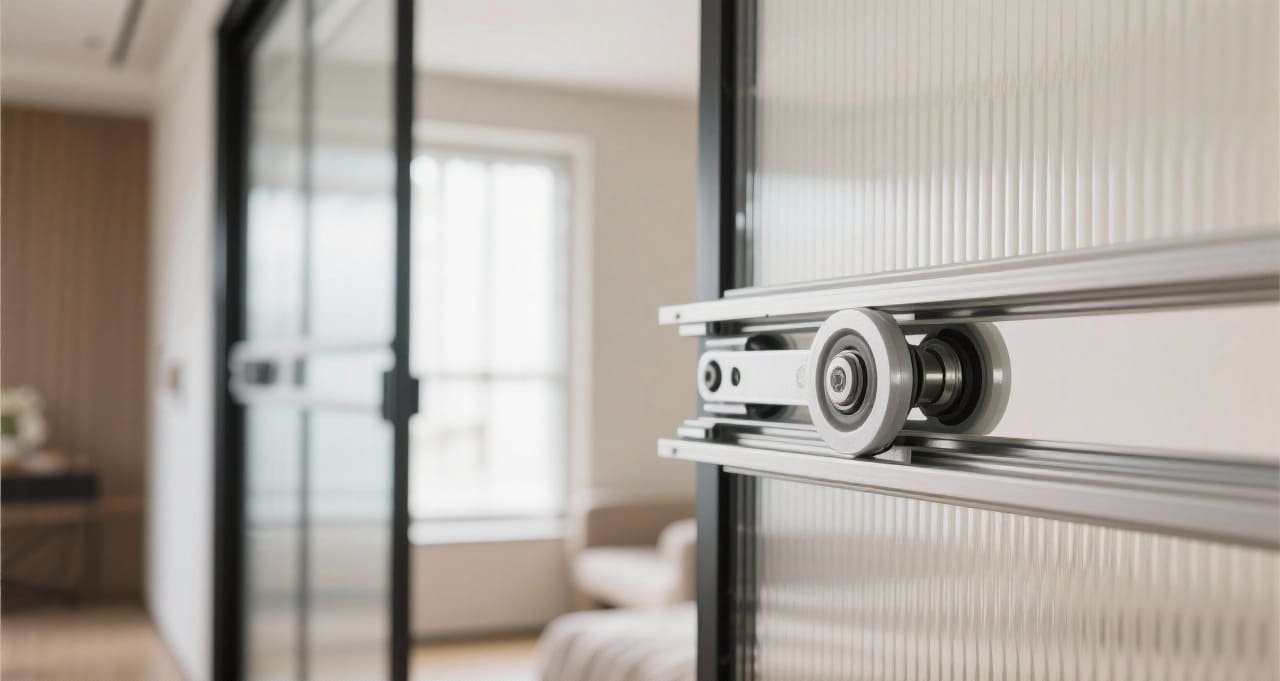
The spring is a small but vital component in any soft-close system. Its failure can make a high-end product feel cheap. I always tell my clients to ask about the cycle rating of the springs we use. It’s a simple question that reveals a lot about the quality of the entire mechanism. A few cents saved on a cheap spring can easily result in an expensive warranty claim down the road. This is a detail an experienced purchaser like Toms would never overlook because he knows the long-term cost of a small failure.
Understanding the Lifecycle of a Pulley Spring
Every spring has a finite number of cycles it can endure before it begins to weaken. This process, called metal fatigue3, is accelerated by heavy loads and constant stress. We ensure our springs are rated for real-world use to provide a long and reliable service life.
| Sign of Fatigue | What It Means | How to Prevent It |
|---|---|---|
| Door slams shut | The spring has lost all its tension. | Use doors within the specified weight limit. |
| Soft-close engages too late | The spring is weak and can’t slow the door. | Choose systems with a high cycle rating4. |
| Inconsistent closing speed | The spring is deforming unpredictably. | Avoid forcing the door closed manually. |
| A "twang" or "boing" sound | The spring coils may be cracked or broken. | Specify quality materials from your supplier. |
What Happens When a Pulley’s Limit Device Fails?
Your sliding door doesn’t stop where it’s supposed to. It either runs past its intended stopping point and hits the wall, or it doesn’t close all the way, leaving a gap.
The limit device, or stopper, is meant to stop the door at a specific point. It can fail if a screw comes loose, a plastic part cracks from impact, or it was installed incorrectly. This can cause the door to come off its track or damage the door frame.
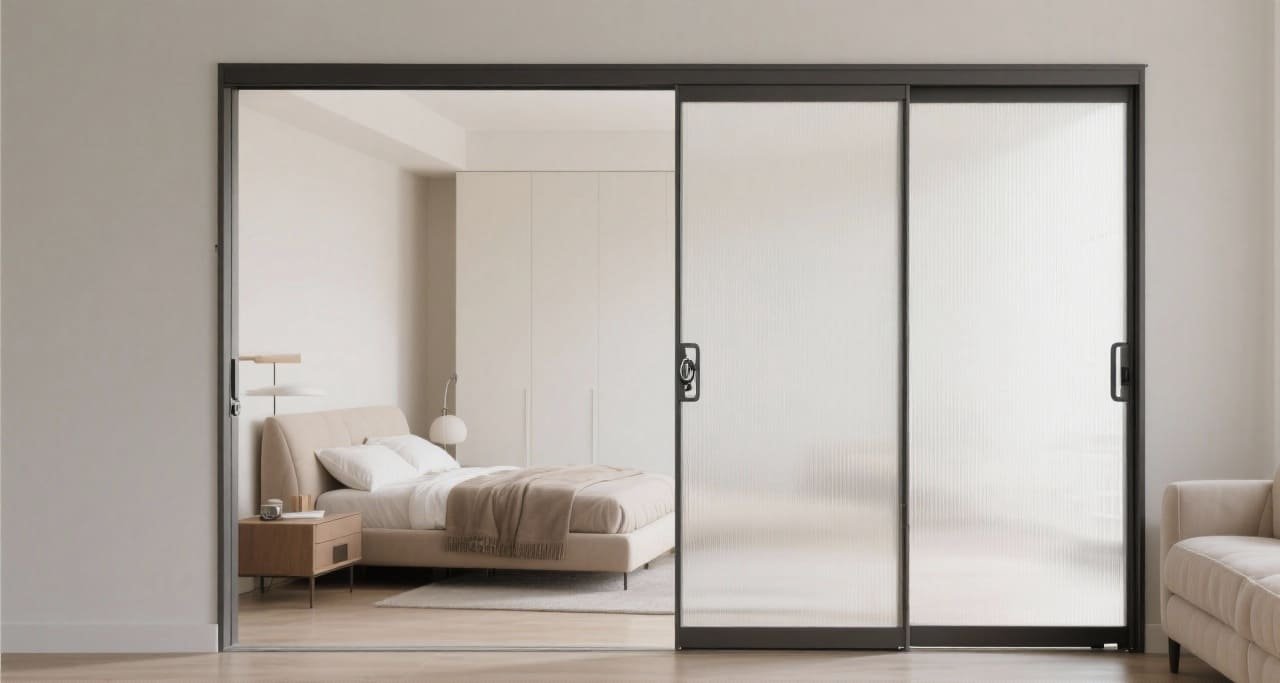
The limit device is a simple but critical safety feature. Its failure can cause significant damage. I remember a client who was installing very heavy solid wood doors for a project. The standard plastic stoppers we provided were not strong enough and kept breaking from the repeated impact of the heavy door. This was a valuable lesson. We worked with him to design a custom, reinforced metal stopper that could handle the force. It reminds me that as a manufacturer, we must understand the final application of our products. This allows us to provide the right components from the very beginning.
Diagnosing and Fixing Limit Device Issues
Fixing a limit device5 is often straightforward, but you need to know what you’re looking for. The issue is usually mechanical and visible upon inspection. Whether it’s a simple adjustment or a replacement part, addressing it quickly prevents bigger problems.
| Problem | Likely Cause | Simple Fix |
|---|---|---|
| Door hits the wall or frame. | Stopper is loose or has shifted. | Tighten the set screw or reposition the stopper6. |
| Stopper is cracked or broken. | Impact from a door that’s too heavy. | Replace with a stronger stopper6; check door weight. |
| Door stops short of closing. | Stopper is in the wrong position. | Adjust the stopper6‘s position along the track. |
| Door derails at the end of travel. | Stopper is missing or has failed completely. | Install a new, appropriate stopper6 immediately. |
Is a Damaged Gearbox the Hidden Cause of Your Pulley’s Malfunction?
The pulley mechanism makes a clicking or grinding sound. The door’s movement is jerky and unpredictable, which points to a serious internal problem that could cause the entire system to seize up.
The gearbox inside a soft-close pulley controls the motion. It can get damaged from overloading the system, sudden hard impacts, or contamination from dust. This is a critical failure that often means you have to replace the whole pulley mechanism, as repairs are rarely possible.
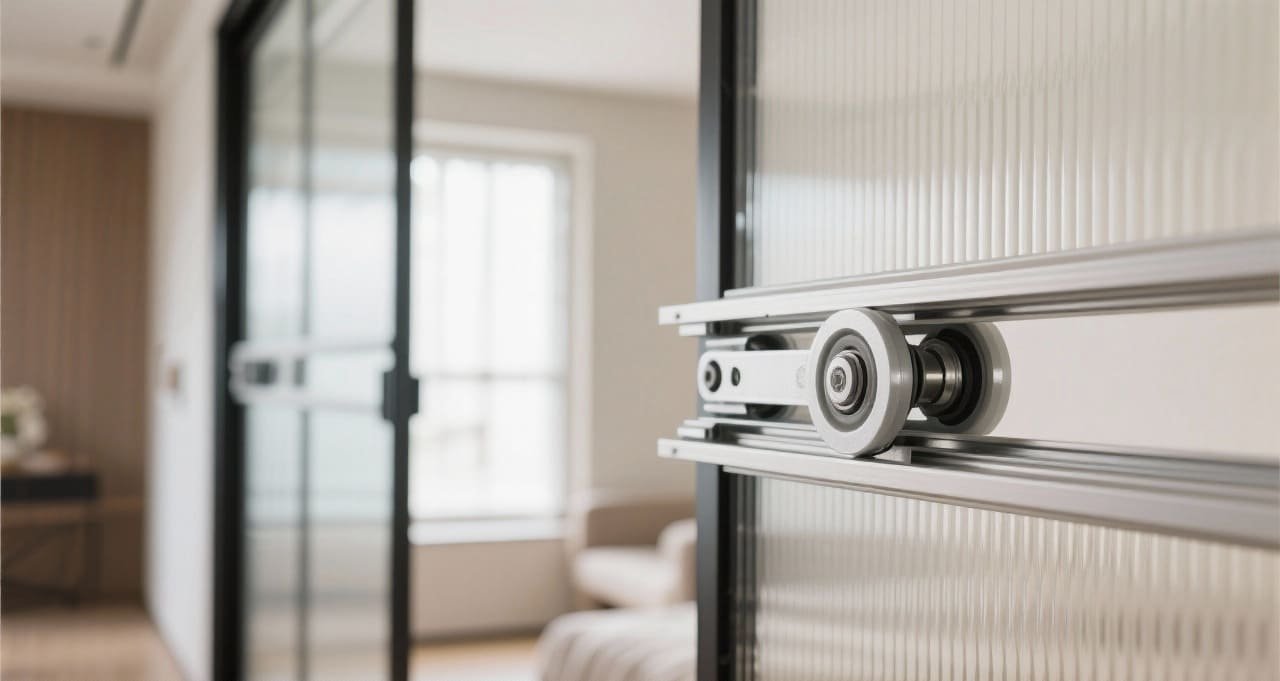
Many buyers focus on the external parts like the wheels and track, but the internal gearbox is where the real quality of a soft-close system is hidden. It’s the "brain" of the operation. At my opensliding factory, we made the decision to use sealed gearboxes to protect the sensitive internal components from construction dust and moisture. This is a key feature that a discerning buyer like Toms would look for, because he understands that protecting the internal mechanics is essential for long-term reliability. A gearbox failure is not a small problem; it’s a total system failure.
How to Prevent Catastrophic Gearbox Failure
The gearbox is a sealed unit for a reason. Its small, precise parts are vulnerable to external forces and contamination. Preventing failure7 is all about controlling the environment and the forces acting on the door system.
| External Factor | Internal Impact on Gearbox | Prevention Strategy |
|---|---|---|
| Door is too heavy | Stripped or broken polymer gears | Always respect the maximum weight capacity8. |
| Slamming the door | Cracked gearbox housing or misaligned gears | Educate users on proper operation. |
| Construction dust/debris | Clogged dampening fluid, jammed gears | Choose systems with sealed gearbox units. |
| Extreme temperature changes | Fluid viscosity changes, material contraction | Select products rated for the installation climate. |
Conclusion
Proper use and regular maintenance are key. Understanding these common faults helps you choose quality hardware and avoid costly problems, ensuring your projects succeed and your customers are happy.
Understanding rod surface wear is crucial for maintaining equipment efficiency and longevity. ↩
Exploring the importance of correct lubrication can help prevent costly repairs and extend machinery life. ↩
Understanding metal fatigue is crucial for ensuring the longevity and reliability of springs in various applications. ↩
A high cycle rating indicates durability; exploring this can help you choose the best springs for your needs. ↩
Understanding common limit device issues can help you troubleshoot effectively and prevent future problems. ↩
Choosing the right stopper is crucial for door functionality; explore this link to ensure optimal performance and safety. ↩ ↩ ↩ ↩
Understanding effective prevention strategies can help you maintain your gearbox and avoid costly repairs. ↩
Knowing the maximum weight capacity is crucial for ensuring the longevity and proper functioning of your gearbox. ↩

